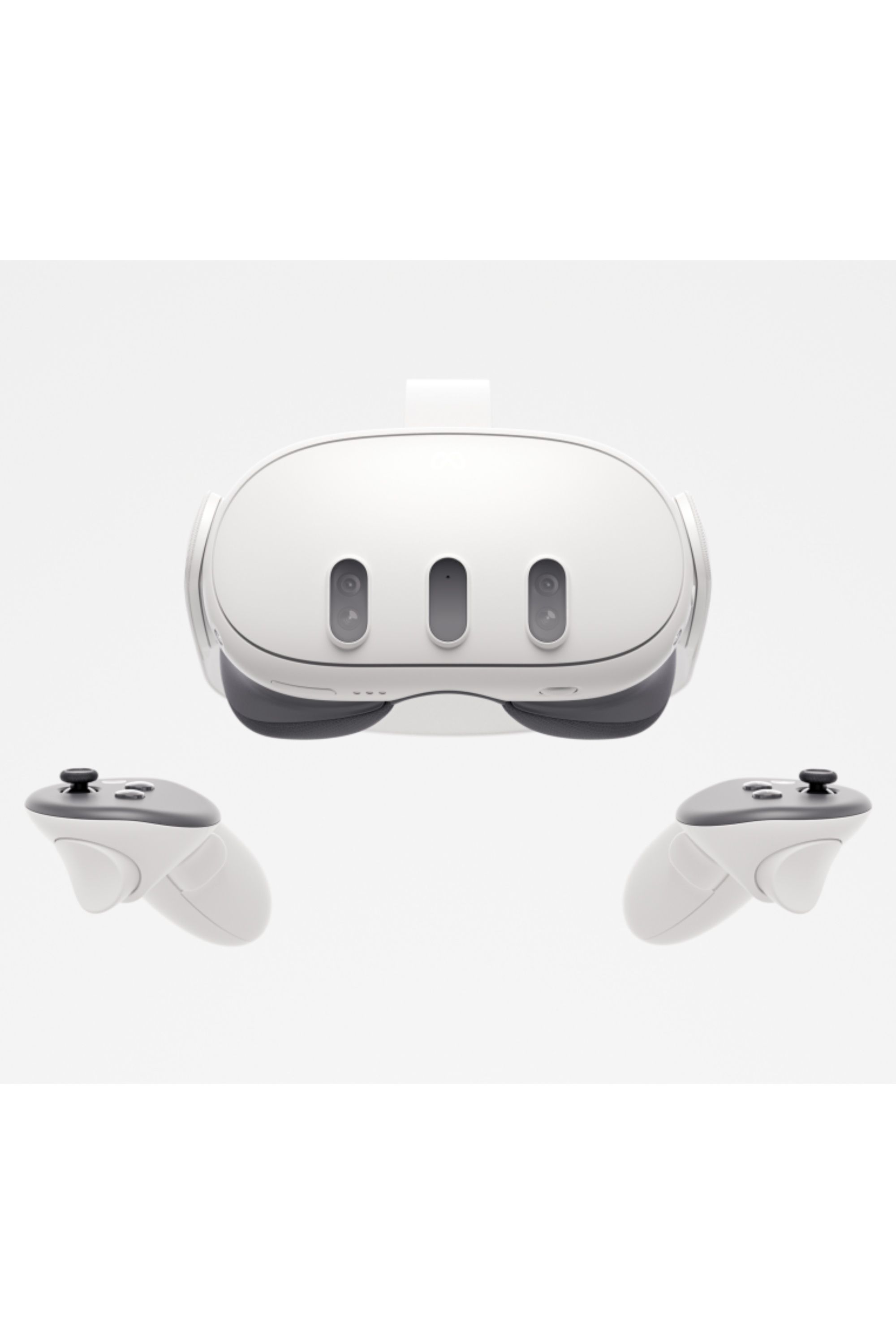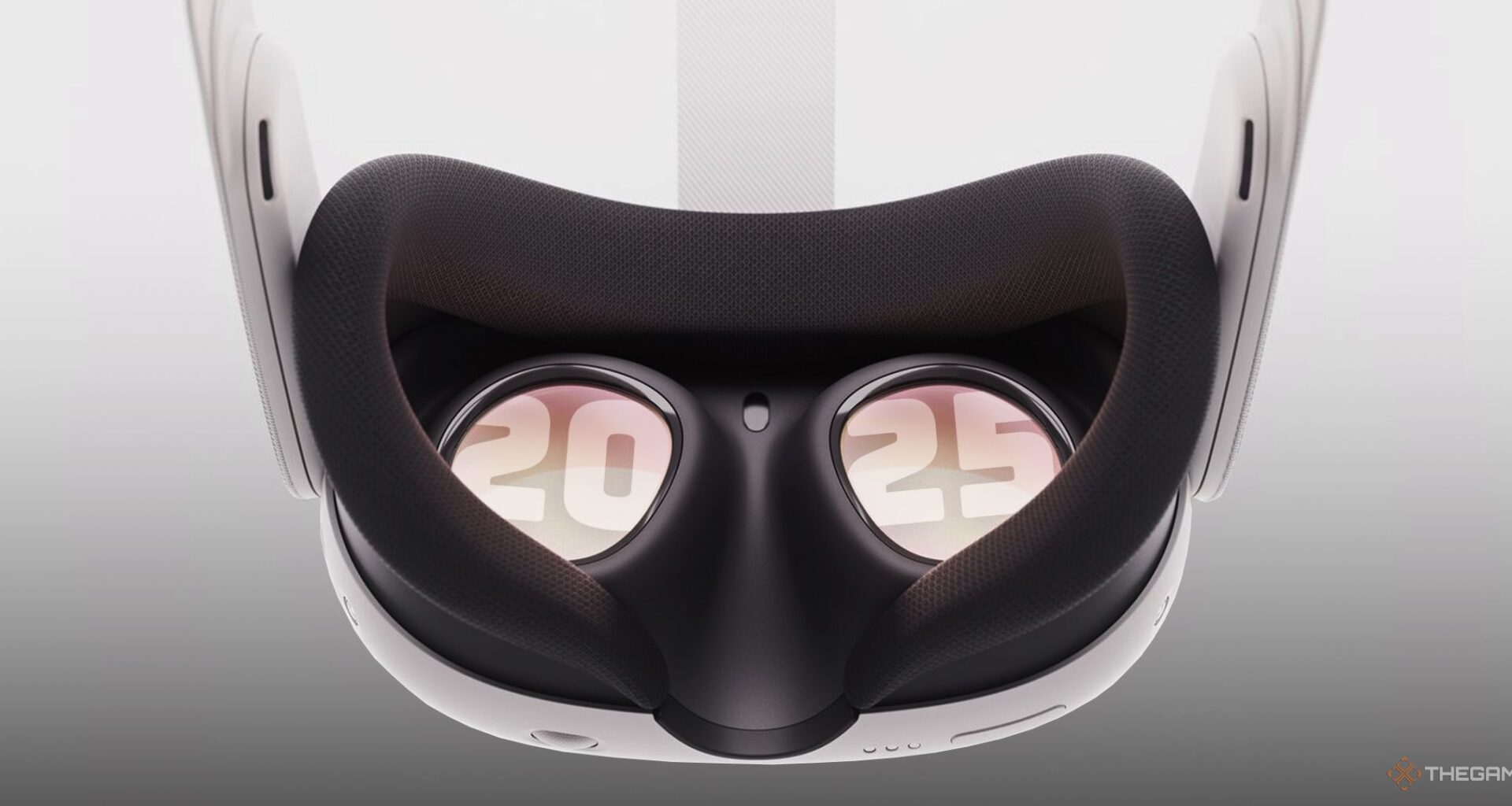VR is a strange platform. It’s never going to replace any sort of mainstream gaming, and I think the illusions around that have long since faded. There’s still a market for it, though, and it’s one I had been meaning to dive back into for a while. The only VR headset I’ve owned previously was the PSVR back in 2016, which at this point is almost a decade old, but I still wasn’t quite ready for just how far the tech has come in that time.
When deciding on where to jump back in, rather than the PSVR2 or one of the numerous PC-exclusive headsets, I opted for the Meta Quest 3 – and honestly, I think virtual reality might now be more worthwhile than it’s ever been.
Gaming Has Never Been So Immersive

As this is TheGamer, I’ll talk about gaming in VR first. The Meta Quest 3 is capable of running on its own, without the need for a PC or console, and can play a library of games, at least as far as the relatively short battery life will take it. These games are great, though don’t expect photorealism through the built-in hardware. The stylised titles are fantastic, while more ‘realistic’ graphics tend to lean in the direction of mobile games. Still, the clarity of the lenses and standalone tech make it impressive, even if it’s not pushing boundaries.
However, you can also use the headset for PC games, and this is where things get especially impressive. The graphics will, of course, depend on your hardware, but the Meta Quest 3’s ‘Pancake Lenses’ make for some of the sharpest imagery I’ve ever seen in virtual reality. Menus and text are clear, details in the distance are easy to parse, and the resolution is incredible – something you may get in the more expensive headsets from companies such as Valve with the Index, but for the lower price range and overall functionality of the Quest 3, I can’t help be be excited about the tech that’s available.
Paired with the excellent controllers and accurate tracking, playing Beat Saber and Blade & Sorcery has me completely involved in swinging swords around and forgetting my surroundings entirely (at the expense of some items on my shelves). I used to be able to differentiate realities relatively easily with older VR tech. Now, I can’t even remember how many times I hit the edge of my desk during Superhot VR.
The Uses For VR Outside Of Gaming

Outside of just gaming, the Meta Quest 3 also drew me in because of its mixed reality capabilities. Using the built-in cameras on the surface of the headset, it allows you to see the real world around you with just a tap of the visor – albeit in a slightly blurry, noisy image unless you get really close to something, or if the room isn’t well lit. Here, you can access the OS menus, which will be floating around you, and use your hands as controllers directly through some impressive gesture tracking.
This means you could walk around doing chores while a YouTube video plays on your kitchen wall, or you can even connect wirelessly to your PC or laptop to have multiple displays, all of which can be moved, resized, or curved in cinematic mode.
Cinematic mode also allows you to dim the room around you to make the screens more distinct.
While I’m primarily using the Quest 3 for gaming and, as a result, fitness, the use case for productivity continues to impress me each time I boot it up. Going from the blurry discomfort of the original PSVR that required regular readjustment or centering, paired with the haphazard PS3 Move controllers, the Meta Quest 3 is miles ahead. Of course, tech was always going to advance in a decade – quicker than ever, nowadays – but to see it firsthand after such a prolonged period away is nothing short of incredible.
VR won’t take over, but it sure has a solid place in my array of hardware now.

- Brand
-
Meta
- Resolution (per eye)
-
2064×2208
- Display Type
-
4K+ Infinite Display
- Storage
-
128 GB / 512 GB
